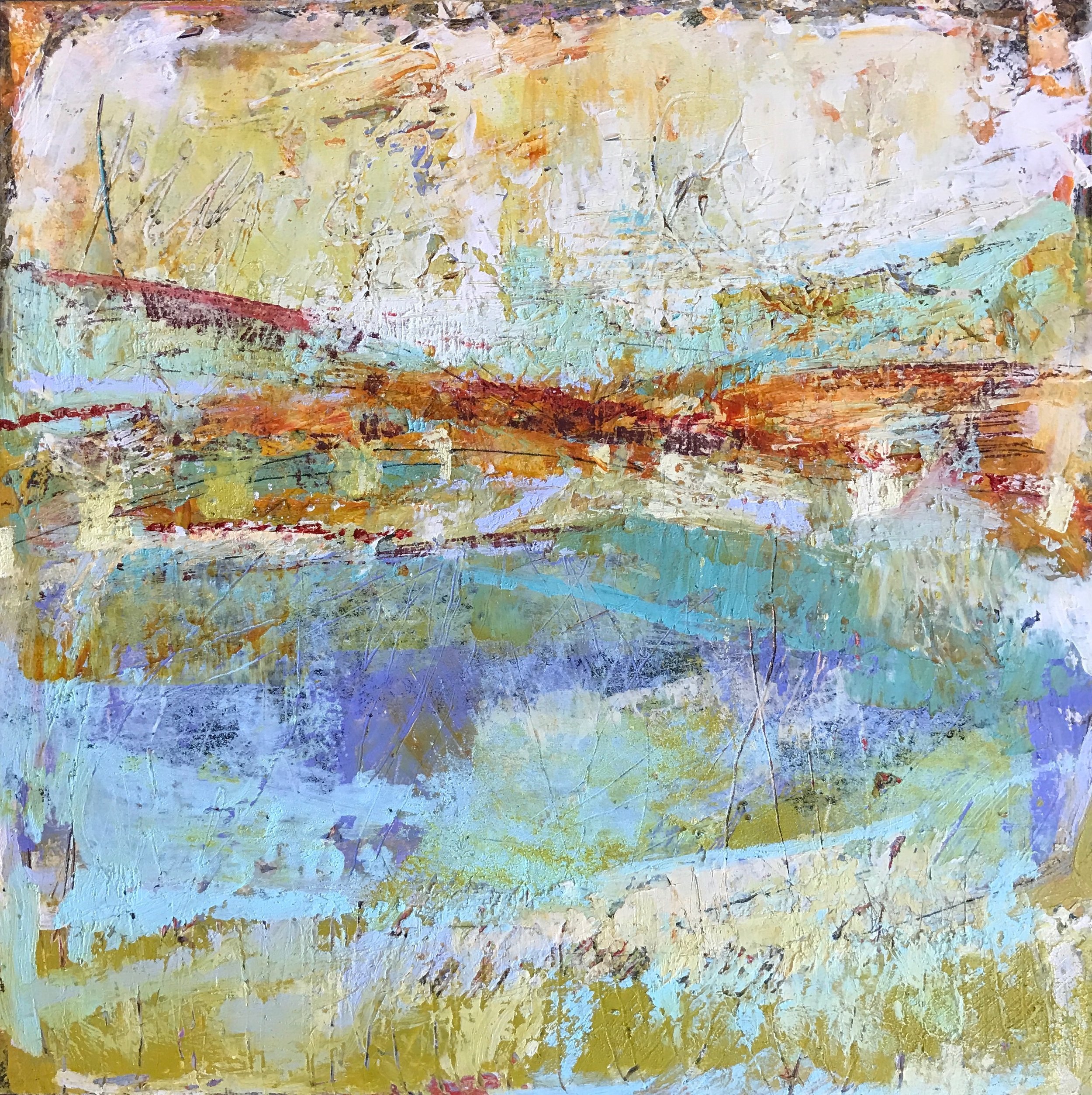Everyone takes away a different and personal story when looking at abstract art. Cindy Walton, a well know abstract artist, describes her thoughts on her own art. “My goal is to paint the essence or soul of the landscape. I might see cooling water of the freshwater springs of my first home and viewers see snow drifts or other places that they have experienced.”
Abstract art was a revolution in modern art and is thriving and evolving even today. Living with abstract art has benefits that may seem mysterious to some, but are now widely discussed and pondered upon. Eric Kandel, a Nobel prize winning neuroscientist, has even written a book that discusses the mental stimulation that abstract or minimal art can induce. He calls this “top down thinking” and it can improve and enhance our mental capacity as well as our peace of mind. In this age of self-improvement, it is surprising that we do not focus on what is on the walls of our home and places of business. By choosing abstract art we both exercise and calm our brains and emotions. Abstract artists know all about this through their practice of creating art. The artist is usually on a mission to share the special life enhancing qualities living with abstract art brings to the individual whether they understand the brain science of it or not.
Kandel says that abstract art allows us to distill and simplify the many visual complexities we encounter every moment. While realistic art allows us to identify and categorize much in the way we navigate the real world, with abstraction we are challenged to formulate our own interpretations. It can be daunting at first to look at basic shapes, colors, textures and shades and create our own imaginings of what it might be and mean. But, it is also stimulating and meditative. These basics forms are clues to lead the viewer down their own imaginative path.
Jane Molinelli, whose abstract works are both expressive and colorful, hears many comments from visitors to her studio at 310 ART in the River Arts District. “One of my favorites is, ‘What do you call your art?’. In the studio I can start talking about abstraction to people unfamiliar with what it all about,” says the artist. “I want people to feel comfortable with abstract art and that begins with looking and thinking.”
Fleta Monaghan, artist and owner of 310 ART Gallery, comments, “One way I know an abstract painting is working is when the viewer immediately begins to make their own interpretations. They might say an area looks like clouds, or the colors make them feel a certain way. Rather than the art spelling things out for the viewer, they are challenged to make their own sense of things. Their own imaginations and creativity are engaged. I think of it as a collaboration of imagination between the artist and viewer.”



